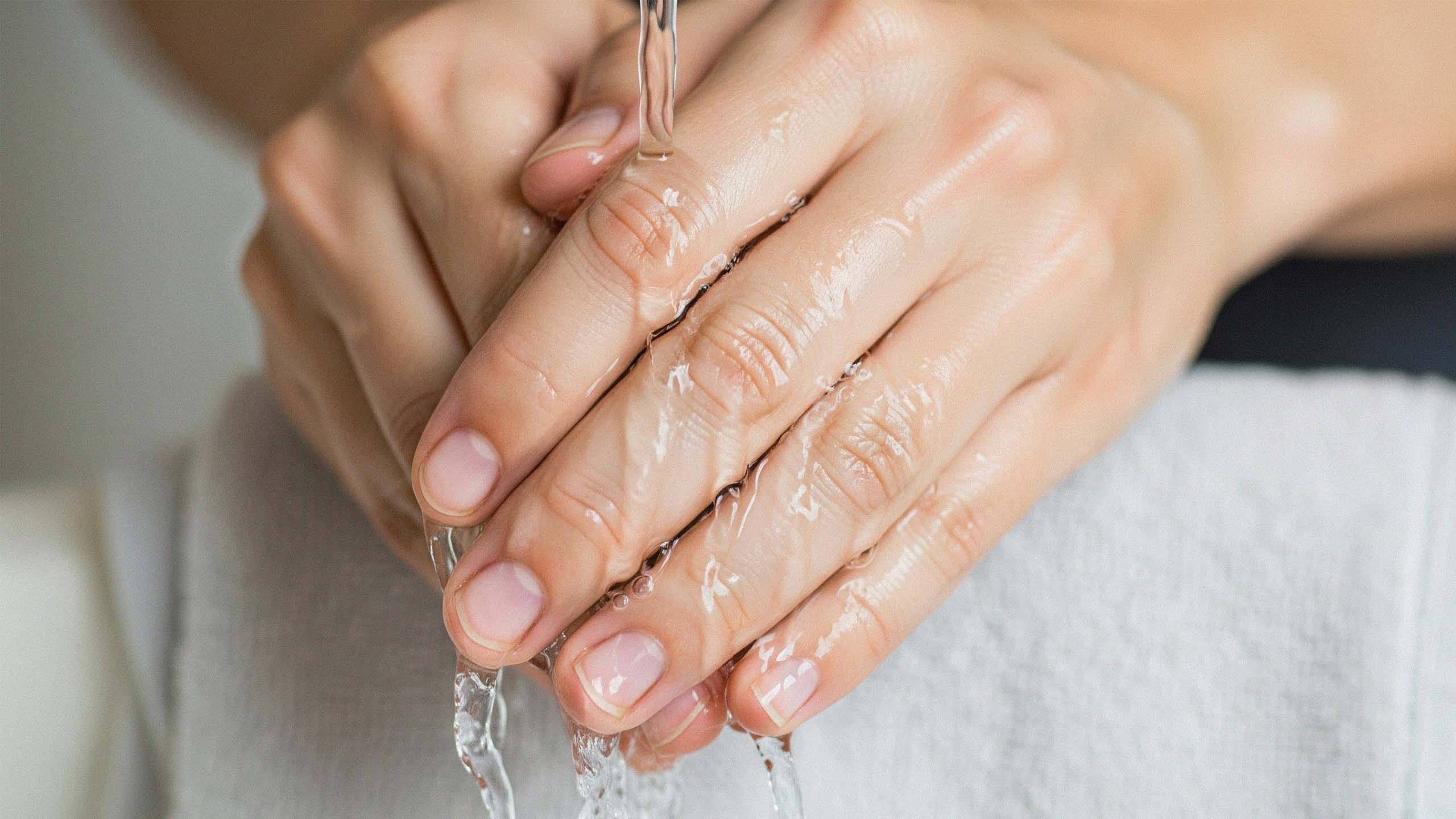Exploring Sub-Saharan Africa: Vaginal Rituals, Remedies and Traditions

In the vast landscapes of Sub-Saharan Africa, culture is carried not only in language, song, and dance, but also in the intimate practices passed down through generations. For women, the body has long been a site of meaning, symbol, and tradition—especially when it comes to rituals and remedies surrounding the vagina.
These practices are woven into daily life, often sitting at the intersection of health, spirituality, and social belonging.
While modern medicine increasingly reaches rural and urban communities alike, older customs remain influential. Understanding these traditions does not require judgment, but rather curiosity—why they emerged, how they were sustained, and what role they play today.
Historical Roots in Ritual and Symbolism
For centuries, many Sub-Saharan cultures have associated the vagina with fertility, continuity, and social stability. Practices linked to it were rarely seen in isolation—they were embedded in rites of passage, marriage customs, and community rituals. In some societies, women were prepared for marriage not only through advice and teachings, but also through physical remedies or treatments believed to heighten fertility or sexual harmony.
The oral nature of African history means much of this knowledge has been preserved in storytelling, songs, and teachings between women. Remedies often used herbs, clays, and oils, sourced from the environment and prepared with a mixture of medical reasoning and spiritual significance.
Regional Practices and Remedies
Zulu Traditions (South Africa)
Among the Zulu, initiation ceremonies for young women—known as umemulo—mark the transition to adulthood. During these rites, older women teach about hygiene, sexuality, and marital responsibilities. Herbal baths using local plants, such as African sage (Salvia africana), are common. These baths are believed to cleanse and prepare the body for marriage, while also transmitting cultural knowledge and communal values.
Zulu Umemulo Ceremony
Region: South Africa
Purpose: Marks transition to womanhood, preparing for marriage and adult responsibilities.
Rituals: Herbal baths using African sage (Salvia africana), teachings on hygiene, sexual health, and community expectations.
Significance: Connects younger women to elder wisdom and cultural traditions.
Yoruba Practices (Nigeria)
In Yoruba communities, vaginal care has historically incorporated herbal remedies like alugbati and dogonyaro. Women use these plants in infusions or washes for cleansing and soothing purposes. Initiation rites, particularly for adolescent girls, include guidance on sexual health and relationship expectations. Remedies are often accompanied by songs or proverbs that encode cultural wisdom, linking the body to broader social teachings.
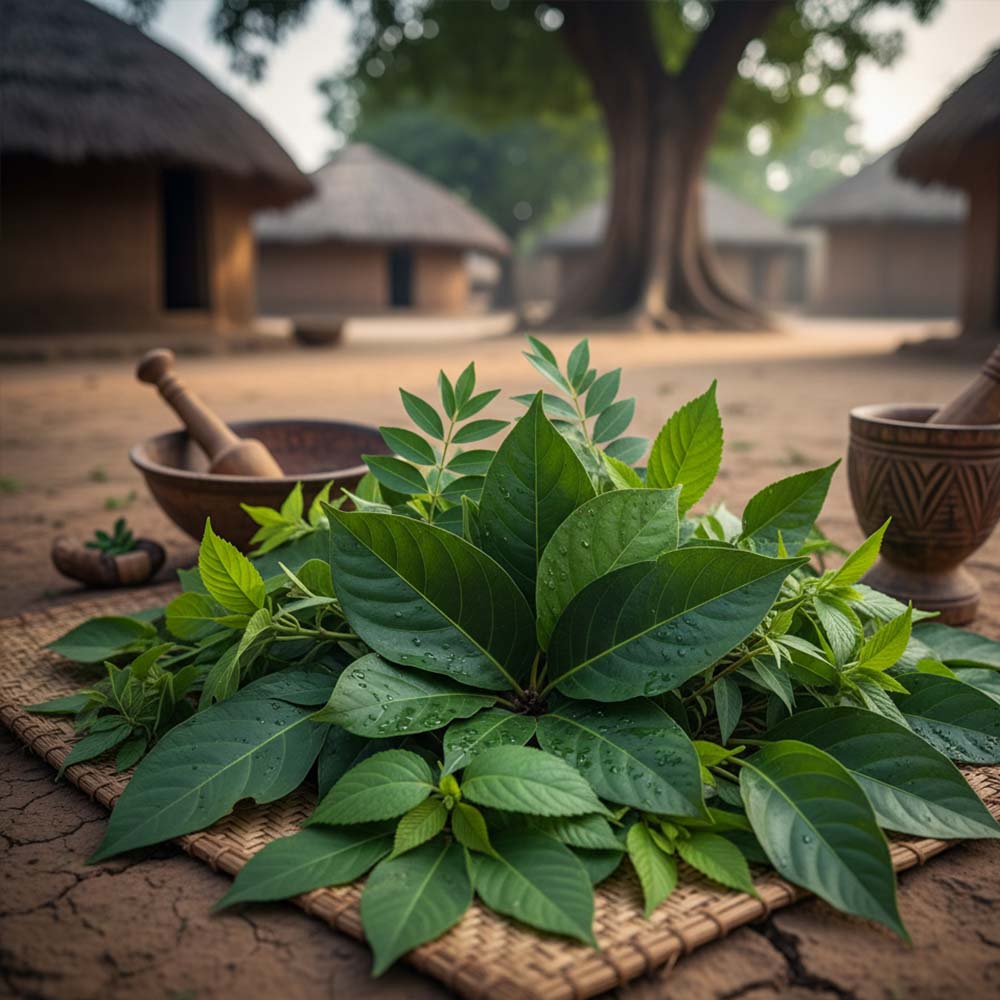
Yoruba Herbal Remedies
Region: Nigeria
Herbs Used: Alugbati, Dogonyaro
Purpose: Cleansing, soothing, and supporting reproductive health.
Context: Often incorporated into initiation rites for adolescent girls, accompanied by proverbs and teachings about sexuality and relationships.
Shona Traditions (Zimbabwe)
Among the Shona, ceremonies known as kutonga kwevhu focus on fertility and preparation for marriage. Certain herbal preparations, often made from roots and leaves of native plants, are applied or consumed to support reproductive health. Older women in the family serve as custodians of this knowledge, ensuring that each generation maintains continuity with ancestral practices.
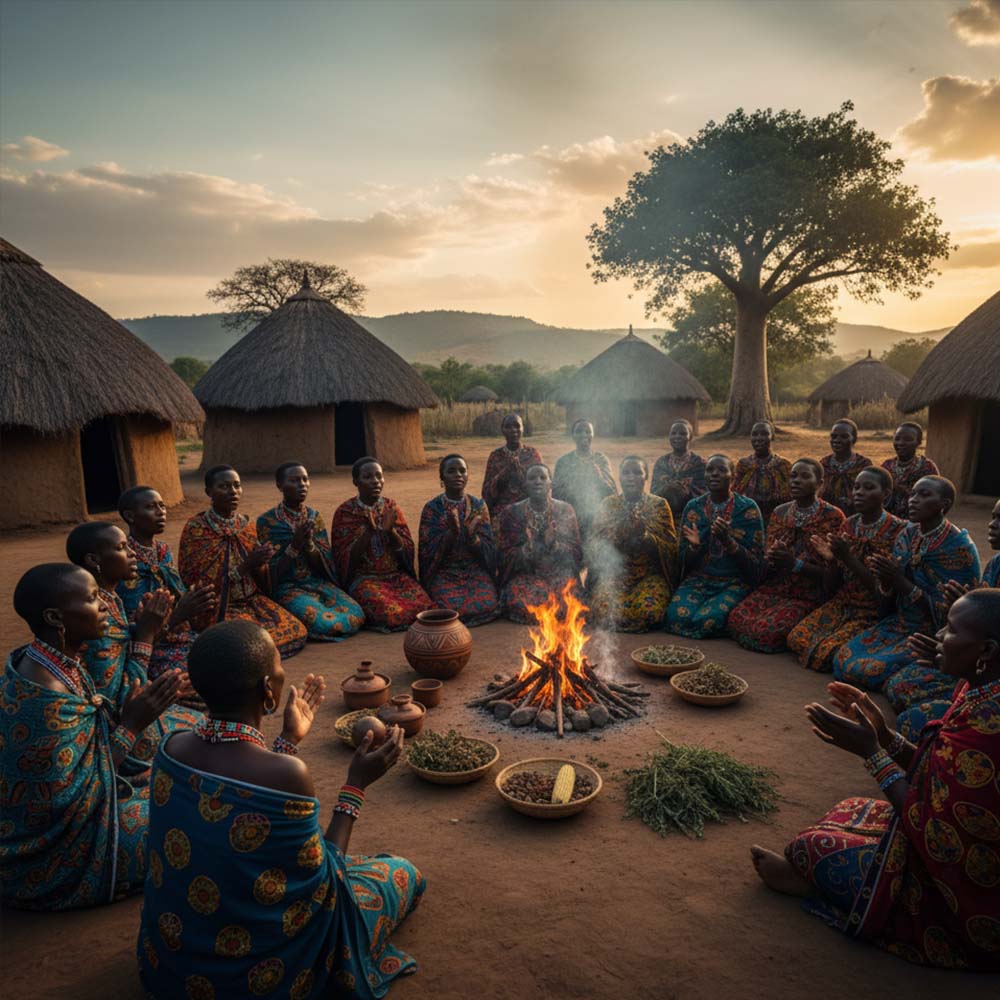
Shona Kutonga kwevhu Ceremony
Region: Zimbabwe
Purpose: Preparation for marriage, fertility guidance.
Rituals: Herbal preparations from local roots and leaves applied or consumed, taught by elder women.
Significance: Preserves ancestral knowledge and continuity of cultural practices.
Herbal and Clay Remedies Across Regions
Beyond specific ethnic groups, many rural communities across Sub-Saharan Africa continue to use clays, shea butter, and local oils for vaginal care. Astringent clays are applied for tightening, while herbal steams are used to maintain cleanliness or ward off infections. These remedies are valued not only for their perceived physical benefits but also for their symbolic significance in marking transitions, marriages, or personal care routines.
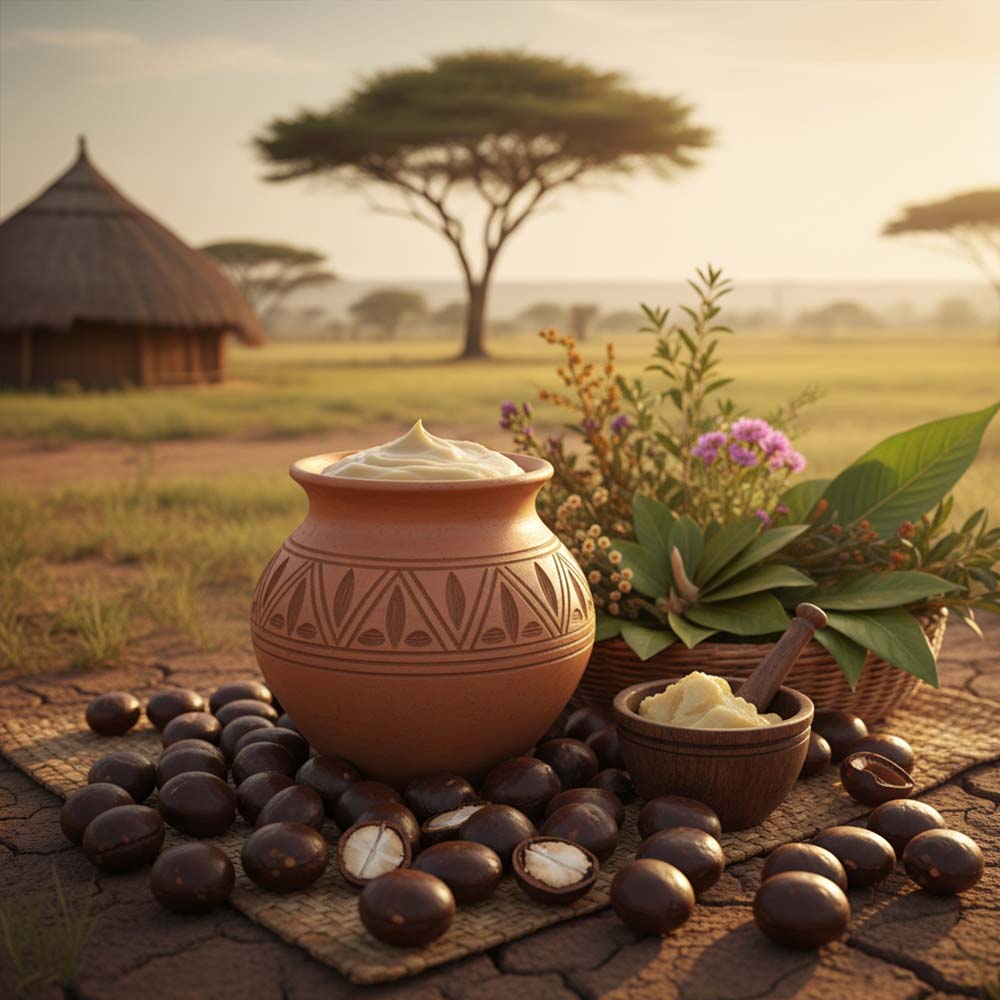
Herbal and Clay Remedies Across Sub-Saharan Africa
- Astringent Clays: Used for vaginal tightening and perceived hygiene benefits.
- Herbal Steams: Maintain cleanliness or reduce infection risk.
- Oils & Butters: Shea butter, palm oil, or other local oils applied for lubrication or soothing.
Significance: Combines practical hygiene with symbolic and cultural value across many communities.
Traditional Vaginal Practices Across Sub-Saharan Africa
| Region / Group | Ritual / Ceremony | Herbs / Remedies | Purpose |
|---|---|---|---|
| Zulu (South Africa) | Umemulo initiation | African sage | Cleansing, preparation for marriage |
| Yoruba (Nigeria) | Initiation rites | Alugbati, Dogonyaro | Cleansing, reproductive health |
| Shona (Zimbabwe) | Kutonga kwevhu | Local roots and leaves | Fertility guidance, cultural continuity |
Rites of Passage and Initiation
In numerous communities, womanhood is marked by elaborate initiation ceremonies. These rites vary across ethnic groups but share a strong educational component. Older women guide younger women through lessons on relationships, domestic life, and bodily care.
Vaginal rituals may form part of these ceremonies, including cleansing practices, application of herbal mixtures, or symbolic gestures emphasizing fertility. Such traditions function as both a form of education and a way to ensure cultural continuity, connecting younger women to the wisdom of their elders.
Marriage and Intimacy
Marriage rituals also feature practices directed at vaginal care. In certain cultures, brides undergo specific preparations using scented herbs, herbal baths, or ritual applications believed to enhance intimacy and fertility. These customs underscore the connection between bodily practices and social expectations: the body becomes a participant in communal life, where private rituals hold public significance.
Modern Shifts and Tensions
Urbanization, migration, and access to modern healthcare have reshaped the role of vaginal rituals and remedies in Sub-Saharan Africa. Younger women in cities often balance inherited traditions with contemporary medical advice. Some combine herbal washes with routine gynecological care, while others opt for modern hygiene products.
Health campaigns across the region stress the importance of sterile practices, especially when using herbal applications or clays. Yet, the persistence of these traditions highlights that they are more than medical interventions—they are cultural touchstones, carrying emotional, symbolic, and communal weight.
Between Continuity and Change
What emerges is a spectrum of practices that vary across geography, ethnicity, and personal belief. For some women, traditional remedies remain a source of comfort and identity; for others, they are adapted or set aside in favor of modern approaches.
The story of vaginal rituals in Sub-Saharan Africa is not a binary of tradition versus modernity. It is a continuum where ancestral knowledge and contemporary healthcare coexist, evolve, and inform one another.
Thoughts
Exploring these practices offers insight into how women in Sub-Saharan Africa have historically understood health, sexuality, and social belonging. Vaginal rituals and remedies are not merely private acts—they are expressions of identity, continuity, and culture.
In villages, towns, and cities alike, these traditions reflect a worldview where the body is both biological and symbolic, personal and communal. They reveal a layered understanding of health and life, where care extends beyond the physical and into the realms of wisdom, guidance, and heritage.
Reader Q&A: Vaginal Rituals in Sub-Saharan Africa
Are these traditional rituals still practiced today?
Yes, especially in rural areas and within families preserving cultural heritage. Urban communities often adapt these practices alongside modern healthcare.
Are the herbal remedies safe to use?
Many herbs have been used for generations, but safety depends on preparation, dosage, and hygiene. Modern medical advice is recommended alongside traditional methods.
What is the purpose of initiation ceremonies?
Initiation ceremonies teach hygiene, sexual health, fertility, and cultural knowledge, connecting younger women to the wisdom of elders.
How do these practices relate to modern women’s health?
Many practices are complementary, focusing on cleansing and reproductive wellness. Understanding cultural context helps integrate traditional knowledge with contemporary care.
Disclaimer: The articles and information provided by the Vagina Institute are for informational and educational purposes only. This content is not intended to be a substitute for professional medical advice, diagnosis, or treatment. Always seek the advice of your physician or another qualified health provider with any questions you may have regarding a medical condition.


 English
English  Deutsch
Deutsch  Español
Español  Français
Français 